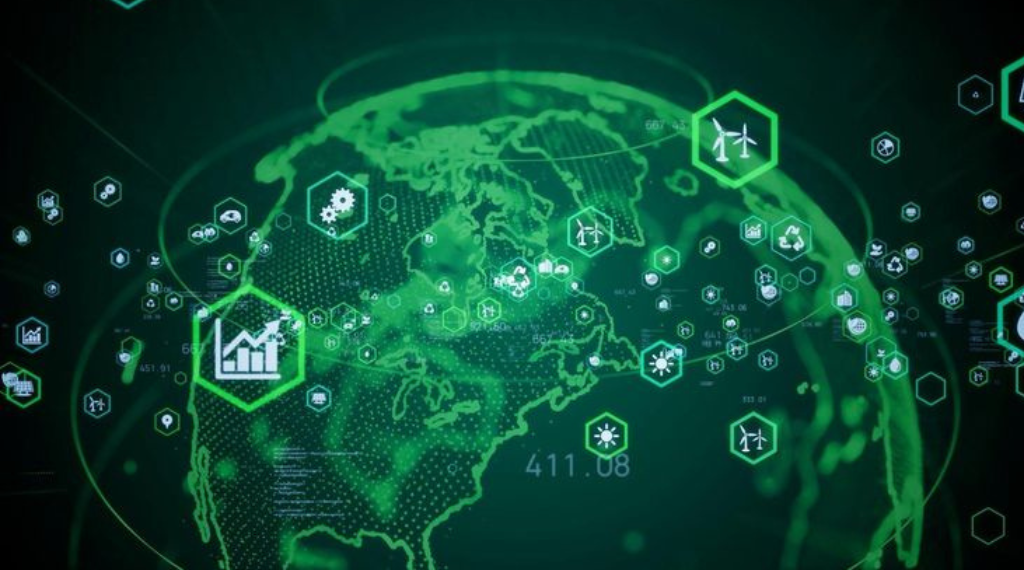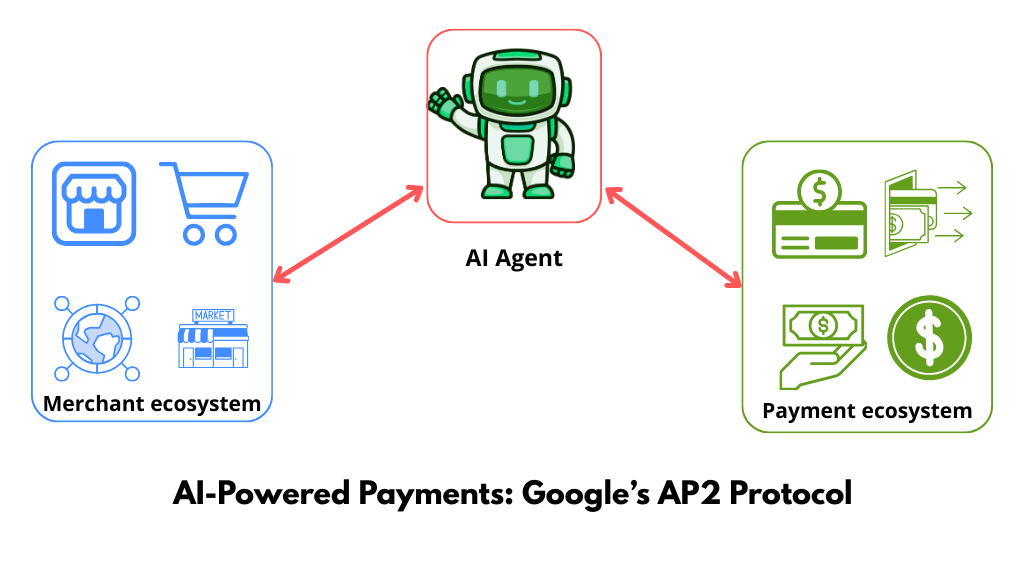Artificial Intelligence is revolutionizing industries, but its soaring energy demands raise pressing questions about climate change. Explore how data centers, carbon footprints, and renewable solutions intersect in the future of AI.
Artificial Intelligence (AI) is transforming healthcare, finance, transportation, and nearly every sector of the global economy. But behind the groundbreaking applications lies a less glamorous reality: AI models consume vast amounts of energy, raising concerns about their impact on climate change. As more companies adopt AI, the balance between innovation and environmental sustainability becomes a crucial issue.
In this article, we’ll explore the connection between AI’s rising energy consumption, its carbon footprint, and potential solutions to make this technology climate-friendly.
The Growing Energy Appetite of AI
Training advanced AI models like GPT-4 or large-scale computer vision systems requires millions of computations per second. According to a study by the University of Massachusetts Amherst, training a single large NLP model can emit up to 626,000 pounds of CO₂, equivalent to the lifetime emissions of five average cars.
The surge in demand for data centers, where AI computations are performed, is another factor. Reports from the International Energy Agency (IEA) highlight that data centers already account for 1–1.5% of global electricity use, and AI could significantly increase this share in the coming years.
Carbon Footprint of Data Centers
Data centers are the backbone of AI infrastructure, but they require:

- Massive electricity supply for running servers.
- Cooling systems to prevent overheating.
- Physical infrastructure that often depends on non-renewable sources.
According to Nature, global data traffic is expected to triple by 2025, further straining energy systems. If this growth continues without sustainable measures, AI could become a major contributor to climate change.
Can Renewable Energy Balance the Scale?
One promising direction is the use of renewable energy sources to power AI systems:
- Google claims its data centers are now carbon neutral and aims to run on 24/7 carbon-free energy by 2030 (Google Sustainability).
- Microsoft has committed to being carbon negative by 2030 (Microsoft Sustainability).
- Amazon Web Services (AWS), a leader in cloud computing, is investing in large-scale wind and solar projects (AWS Sustainability).
These corporate commitments are encouraging, but the transition to renewable energy must accelerate globally to offset AI’s growing footprint.
Innovations for a Greener AI
Beyond renewables, researchers are exploring innovations to reduce AI’s climate burden:
- Efficient Algorithms – New model architectures like distillation and pruning reduce computational needs.
- Edge AI – Running models locally (on smartphones or IoT devices) decreases reliance on massive data centers.
- Green Data Centers – Designs using liquid cooling and optimized airflow lower energy consumption.
- Carbon Offsets & Credits – Tech companies increasingly purchase carbon offsets, though critics argue this is not a long-term solution.
Policy and Global Responsibility
Governments are also paying attention. The European Union’s Green Deal emphasizes sustainable digitalization, while the UN’s Climate Change Framework pushes for accountability across industries, including tech. Policymakers are considering carbon disclosure requirements for AI companies to increase transparency.
If global regulation aligns with technological innovation, AI could become a driver of climate solutions rather than just a consumer of energy.
The Double-Edged Sword of AI in Climate Action
Ironically, while AI consumes vast energy, it also plays a crucial role in climate mitigation:
- Predicting extreme weather with greater accuracy (World Meteorological Organization).
- Optimizing renewable grids through AI-based forecasting.
- Tracking deforestation and emissions via satellite imagery.
AI can either worsen climate challenges or help solve them, depending on how responsibly it’s deployed.
Conclusion
The intersection of AI and climate change is one of the defining challenges of our era. As energy demands surge, so do concerns about carbon emissions. The path forward requires collaboration between tech companies, governments, and researchers to ensure AI advances without sacrificing sustainability.
By embracing renewable energy, efficient algorithms, and global accountability, the AI revolution can power human progress while protecting our planet.



